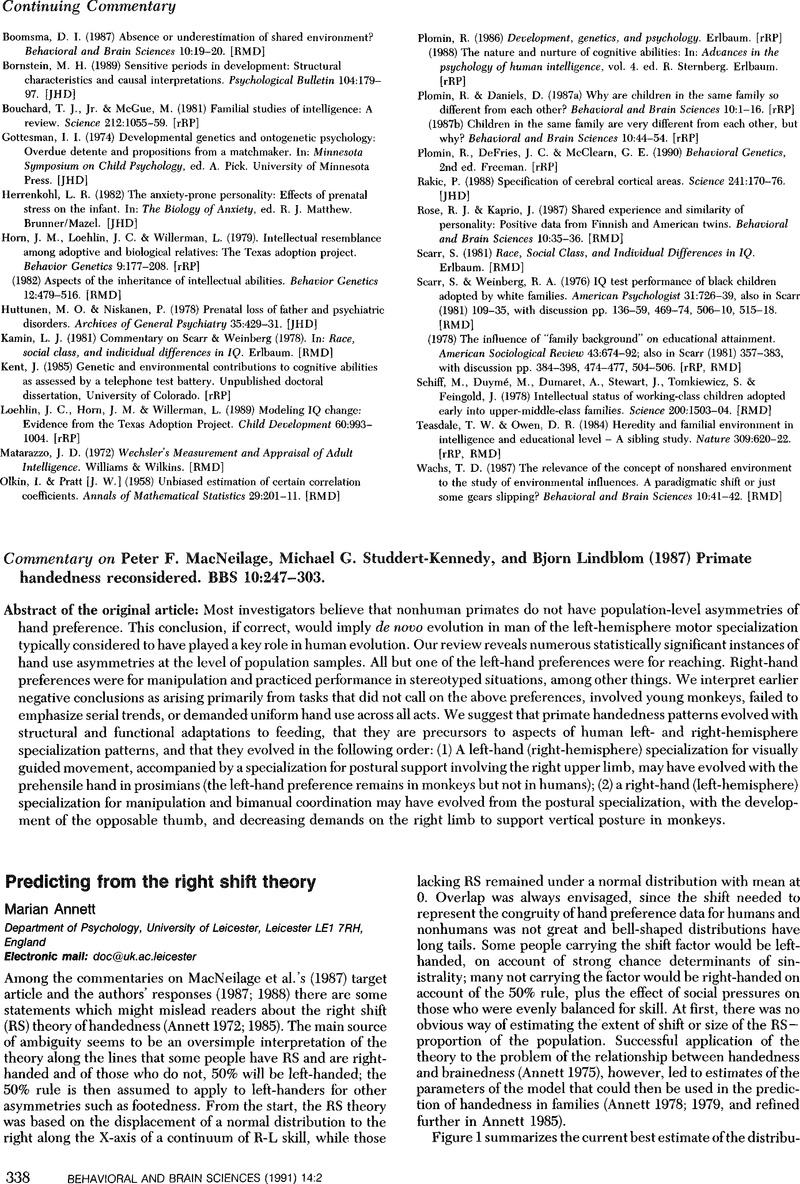Crossref Citations
This article has been cited by the following publications. This list is generated based on data provided by Crossref.
Carson, Richard G.
Elliott, Digby
Goodman, David
Thyer, Linda
Chua, Romeo
and
Roy, Eric A.
1993.
The role of impulse variability in manual-aiming asymmetries.
Psychological Research,
Vol. 55,
Issue. 4,
p.
291.
Carson, Richard G.
1993.
Manual asymmetries: Old problems and new directions.
Human Movement Science,
Vol. 12,
Issue. 5,
p.
479.
Chua, Romeo
Pollock, Barbara J.
Elliott, Digby
Swanson, Laurie R.
and
Carnahan, Heather
1995.
The influence of age on manual asymmetries in movement preparation and execution.
Developmental Neuropsychology,
Vol. 11,
Issue. 1,
p.
129.
Elliott, Digby
Lyons, James
Chua, Romeo
Goodman, David
and
Carson, Richard G.
1995.
The Influence of Target Perturbation on Manual Aiming Asymmetries in Right-Handers.
Cortex,
Vol. 31,
Issue. 4,
p.
685.
Stins, John F.
Kadar, Endre E.
and
Costall, Alan
2001.
A kinematic analysis of hand selection in a reaching task.
Laterality: Asymmetries of Body, Brain and Cognition,
Vol. 6,
Issue. 4,
p.
347.
Grouios, George
2006.
Right hand advantage in visually guided reaching and aiming movements: brief review and comments.
Ergonomics,
Vol. 49,
Issue. 10,
p.
1013.



